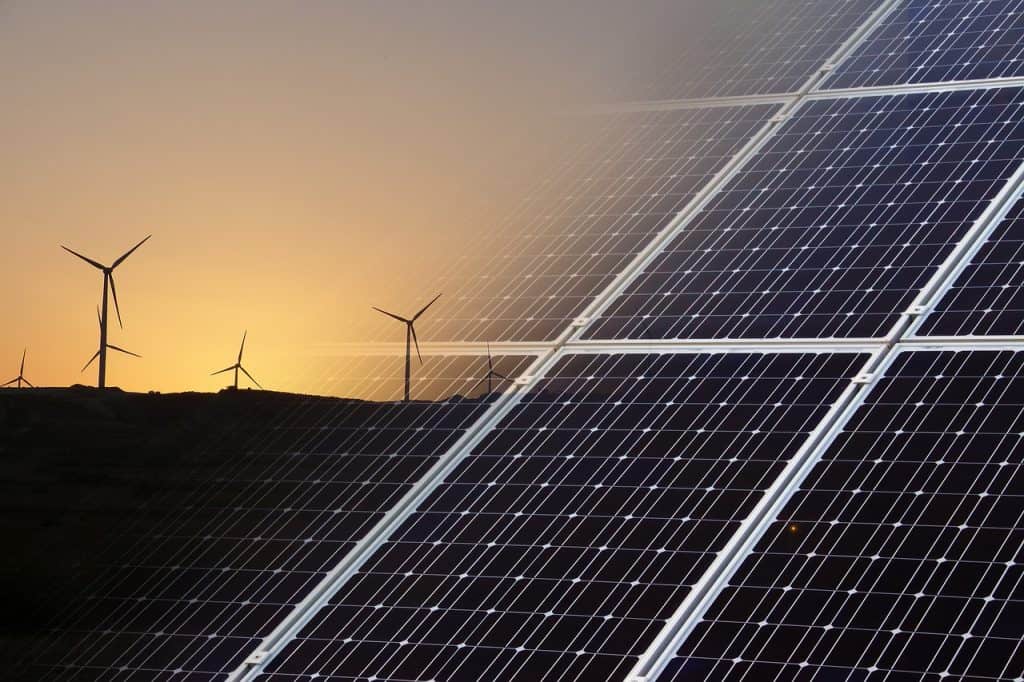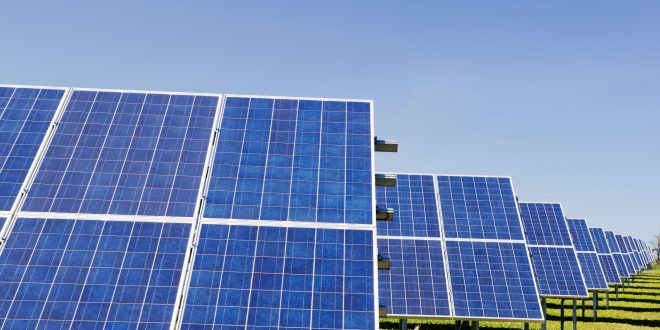Alternative energy is the future. As the public push for more sustainable practices accelerates, both business owners and government officials are moving toward cleaner practices — but they’re not doing it alone. Many organizations now employ a variety of professionals who play important roles in putting green initiatives into action.
In this article, we’ll explore some of the many diverse careers that are contributing to alternative energy advancement. We’ll also discuss how these roles are already helping the world go green.
1. Lobbyists
Reducing the use of non-renewable energy across the country requires the help of government initiatives. However, politicians aren’t always aware of or open to addressing pressing sustainability needs until experts go to them. That’s where lobbyists come in.
Clean energy lobbyists influence legislation by acting as advocates for greener solutions. They’re liaisons between elected officials and pro-environment people or organizations.
Lobbyists are actively calling for more energy efficiency standards, especially for top polluters, along with other green legislation. Recently, lobbyists helped pass a trillion-dollar spending package that will lead to far cleaner heating, ventilation, and air conditioning (HVAC) systems within the next 15 years.
2. Natural Resource Scientists
When you think of jobs in sustainability, you probably think of careers in science. In the alternative energy sector, natural resource scientists play critical roles.
These specialists can take on a variety of crucial tasks. For example, some may study natural habitats to reduce the environmental impact of human energy consumption. Not only can they help create regulations for non-renewable energy companies, but they can also help find the best locations for solar farms, wind turbines, and the like.
Other resource scientists are charged with estimating how much energy can be produced in select areas.
Natural resource scientists can help ease the shift toward alternative energy across the country. And as they do so, they’ll maximize energy production and reduce the impact of manmade structures.
3. Statisticians
While alternative energy is a largely science-driven sector, it has created new opportunities for statisticians to contribute to a greener world. Statisticians can collect and demystify raw data and use it to optimize clean energy solutions.
Using objective data, statisticians are capable of influencing the movement toward clean energy. They help businesses and governments learn about the cost-efficiency and the feasibility of greener alternatives.
In fact, even the U.S. Energy Information Administration (EIA) employs statisticians to understand the future of alternative energy. Thanks to EIA statisticians, we know this future is a hopeful one. The use of renewables has more than doubled in the past 20 years.
4. Urban Planners
Switching from non-renewable to renewable energy isn’t an easy task, especially in the most densely populated cities. Urban planners are irreplaceable for making the switch.
Urban planning professionals can help map out areas where alternative energy systems can feasibly be installed. For example, they may identify where solar panels can be added and how rainwater can be harvested for hydroelectric power.
While it may take time, smart urban planning can potentially help cities completely reformat their energy systems.
5. Marketers
Whereas lobbyists are essential for pushing businesses and governments toward clean energy, marketers play a key role in encouraging the public to go green, too.
Many companies are creating residential alternative energy options — most often, solar energy solutions. And while they can be costly for the average homeowner, solar panels are growing increasingly popular (even increasing home value) thanks to the work of marketers.
In part due to the success of marketing teams, 75% of millennials are already changing their buying habits with sustainability in mind. Most of Gen Z is similarly willing to spend more on sustainable alternatives. With more alternative energy marketing, solar could become a norm as younger generations take over the housing market.
6. Inventors
Our world is nowhere close to finding all the renewable energy sources possible. Researchers, scientists, and inventors are already experimenting with unique energy sources like floor vibrations and jellyfish.
Inventors with scientific backgrounds and their teams can use a variety of brainstorming techniques to come up with potentially world-changing ideas by the day. With the right materials, time, experimentation, and some patent filing fees, inventors are finding more efficient alternative energy options.
Already, inventors have created bladeless wind turbines, biodiesel made from sewage, and self-charging batteries. With more research and iteration, who knows where the future of green energy can take us?
Clean Energy Is the Future
With more eco-conscious consumers than ever, the world is shifting toward a more sustainable future. The use of alternative energy is rising thanks to professionals like lobbyists, scientists, marketers, and more. Plus, inventors who take the entrepreneurial path are creating solutions that are more efficient and more accessible for both people and organizations. Taking these career paths (or hiring these professionals) can help you contribute to a greener world.

 Alternative Energy HQ solar power for homes, wind energy, and bio fuel issues
Alternative Energy HQ solar power for homes, wind energy, and bio fuel issues







